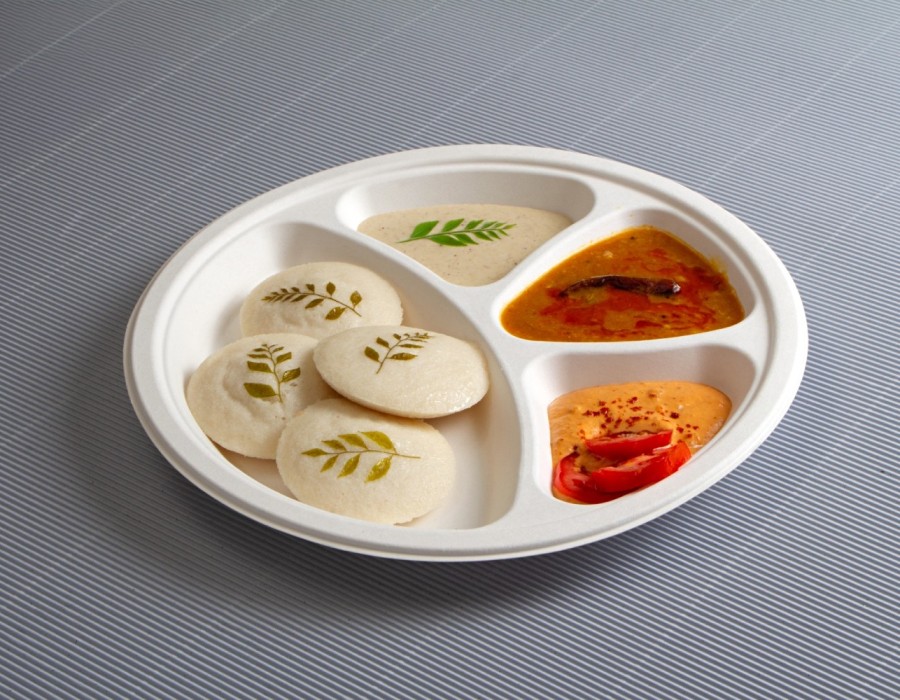Introduction
Ocean pollution has become a critical environmental issue, with millions of tons of plastic waste entering the oceans every year. This pollution adversely affects marine life, ecosystems, and even human health. Traditional plastic tableware is a significant contributor to this problem, often ending up in waterways and eventually the ocean. The need for sustainable alternatives has never been more pressing, and biodegradable tableware offers a promising solution to this global crisis.
How Biodegradable Tableware Works
Biodegradable tableware is designed to break down more quickly and safely than traditional plastics. Made from natural materials such as cornstarch, sugarcane, and bamboo, these products decompose through biological processes when exposed to the right environmental conditions. Unlike conventional plastic, which can take hundreds of years to degrade, biodegradable tableware can break down within months to a few years, significantly reducing the amount of persistent waste in the environment.
Benefits to Marine Ecosystems
One of the primary benefits of biodegradable tableware is its reduced impact on marine ecosystems. When biodegradable products enter the ocean, they are broken down by natural processes, minimizing the risk of ingestion or entanglement by marine animals. Traditional plastics, on the other hand, fragment into microplastics, which are consumed by fish and other marine life, often with fatal consequences. By replacing plastic tableware with biodegradable options, we can help protect marine biodiversity and maintain healthier ocean ecosystems.
Reducing the Plastic Footprint
The adoption of biodegradable tableware can significantly reduce the plastic footprint of individuals, businesses, and entire communities. Restaurants, cafes, and event planners can lead the way by choosing eco-friendly alternatives for their operations. This shift not only helps in reducing the direct disposal of plastics into the environment but also raises awareness among consumers about the importance of sustainable practices. As more businesses and individuals make the switch, the cumulative impact on ocean pollution can be substantial.
Challenges and Future Directions
While biodegradable tableware presents numerous benefits, there are still challenges to overcome. Proper disposal and composting facilities are essential to ensure that these products break down as intended. Education and infrastructure development are crucial to maximize the effectiveness of biodegradable solutions. Additionally, ongoing research and innovation are needed to improve the performance and affordability of biodegradable materials, making them accessible to a broader audience.
In conclusion, biodegradable tableware plays a vital role in the fight against ocean pollution. By choosing sustainable alternatives, we can reduce the amount of plastic waste entering our oceans, protect marine life, and contribute to a healthier planet. The transition to biodegradable tableware is not just a trend but a necessary step towards a more sustainable future.





Comments